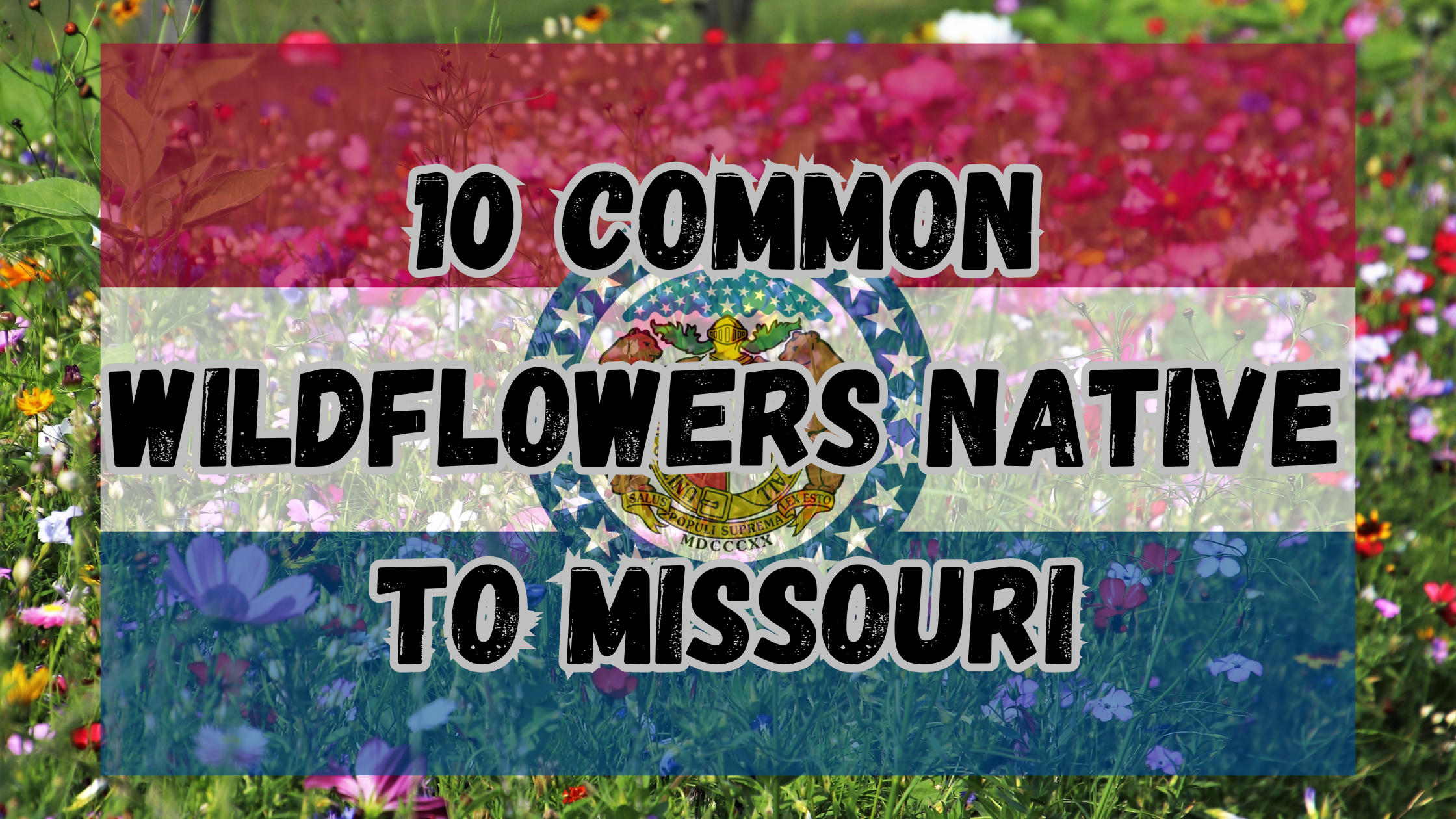Starting seeds is a fundamental step in the journey of gardening. Whether you’re an experienced gardener or just starting out, understanding the intricacies of seed starting can greatly influence the success of your plants. In this comprehensive guide, we will delve into the nuances of starting seeds, providing you with detailed insights and practical tips to ensure that your gardening endeavors flourish.
Understanding Seed Starting
Before we delve into the nitty-gritty of seed starting, it’s essential to grasp the significance of this process. Seed starting marks the inception of a plant’s life cycle, laying the foundation for its growth and development. By starting seeds indoors, gardeners gain greater control over environmental conditions, optimizing factors such as temperature, moisture, and light to foster robust seedlings.
The Importance of Proper Soil Selection
One of the critical aspects of successful seed starting lies in selecting the right soil. The soil serves as the medium through which seeds germinate and seedlings establish their root systems. Optimal soil should possess qualities that promote healthy root growth while providing adequate drainage and aeration.
When choosing soil for seed starting, gardeners often opt for a specialized seed-starting mix. Unlike regular potting soil, seed-starting mixes are formulated to provide the ideal conditions for seed germination. These mixes are typically lightweight and finely textured, facilitating seedling emergence and root development.
Container Selection: Finding the Perfect Fit
Selecting the appropriate container for seed starting is equally important as choosing the right soil. Containers serve as the vessels that hold the soil and seeds, providing a conducive environment for germination and early growth.
There are various options available when it comes to seed-starting containers, each with its unique advantages. Pots, trays, and recycled containers are popular choices among gardeners, each offering distinct benefits depending on the specific needs of the seeds being sown.
The Art of Sowing Seeds
Sowing seeds is both a science and an art, requiring precision and care to ensure optimal results. Proper sowing techniques play a crucial role in seedling establishment, influencing factors such as seed depth, spacing, and germination rate.
Before sowing seeds, it’s essential to prepare the soil and containers to create an ideal growing environment. Soil should be evenly moistened to provide seeds with the necessary hydration for germination. Containers should be filled with soil, leaving adequate space for seeds to be planted at the appropriate depth. Each seed has different requirements for these factors so do a quick search of what your seeds like the most to thrive!
Best Practices for Seed Germination
Germination is the process by which a seed sprouts and begins to grow into a seedling. While seeds possess the inherent ability to germinate under favorable conditions, there are several factors that can influence the germination process.
Temperature, moisture, and light are among the most critical factors affecting seed germination. Different plant species have specific requirements regarding these environmental factors, necessitating careful consideration and adjustment to ensure successful germination.
Providing Optimal Growing Conditions
Creating the ideal growing conditions is essential for nurturing healthy seedlings. Proper lighting, temperature, and moisture levels are crucial for seedling development, influencing factors such as growth rate, vigor, and overall health.
Light plays a pivotal role in photosynthesis, the process by which plants convert light energy into chemical energy. Insufficient light can lead to stunted growth and weak seedlings, while excessive light can cause heat stress and sunburn. Finding the right balance is key to providing seedlings with adequate light for optimal growth.
Transplanting Seedlings: A Delicate Transition
Transplanting seedlings marks a significant milestone in their journey from seed to mature plant. This process involves moving seedlings from their initial containers to larger pots or outdoor garden beds, allowing them to continue their growth and development.
Transplanting can be a delicate operation, requiring careful handling to minimize stress and damage to the delicate root systems of seedlings. Proper timing, preparation, and technique are essential for ensuring successful transplanting and promoting healthy root growth.
Nurturing Seedlings to Maturity
Once seedlings have been transplanted, they require ongoing care and attention to ensure their continued growth and development. Providing adequate water, nutrients, and protection from pests and diseases are essential for nurturing seedlings to maturity.
Watering is crucial for seedling health, as it helps maintain soil moisture levels and facilitates nutrient uptake. Overwatering can lead to root rot and other fungal diseases, while underwatering can result in wilting and stunted growth. Finding the right balance is key to ensuring optimal hydration for seedlings.
Troubleshooting Common Seed Starting Problems
Despite your best efforts, seed starting can sometimes be fraught with challenges and setbacks. From poor germination to pest infestations, gardeners may encounter various issues along the way. However, armed with knowledge and perseverance, many of these problems can be overcome.
Common seed starting problems include damping-off, a fungal disease that affects seedlings, and leggy growth, characterized by elongated stems and weak seedlings. Additionally, pests such as aphids, thrips, and spider mites can wreak havoc on tender seedlings, necessitating prompt intervention and control measures.
To wrap things up
Just remember, seed starting is a fundamental aspect of gardening that requires careful planning, attention to detail, and a bit of patience. By understanding the principles of seed starting and implementing best practices, gardeners can enjoy bountiful harvests and lush, healthy plants. From selecting the right soil and containers to providing optimal growing conditions and troubleshooting common problems, mastering the art of seed starting is essential for cultivating a thriving garden.





